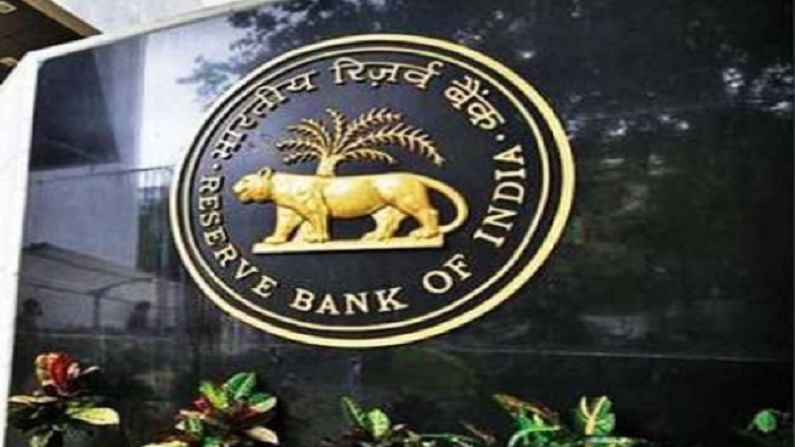RBI's liquidity facility can augment hospital bed capacity by 20%: CRISIL
The window to banks under priority-sector lending to augment COVID-19 healthcare infrastructure will help raise treatment capacity, and availability of medicines and medical equipment, CRISIL said

Mumbai: Reserve Bank’s Rs 50,000-crore liquidity window can help augment the bed capacity at hospitals by up to 20 per cent as credit will be available at cheaper costs, credit ratings agency CRISIL said on Friday.
The window to banks under priority-sector lending to augment COVID-19 healthcare infrastructure will help raise treatment capacity, and availability of medicines and medical equipment, it said.
It can be noted large parts of the country’s healthcare infrastructure have been overwhelmed, exposing the shortfalls in the capacity, as the country battles the second wave of the pandemic where number of officially reported has breached the 4 lakh mark and deaths hover around 3,500 a day. The RBI created the facility throwing in a lot of incentives for banks on Wednesday.
“Hospitals could be among the biggest beneficiaries as the incremental funding can potentially increase bed capacity in the country by 15-20%,” a note from the rating agency said.
Banks are expected to lend for healthcare activities below the current rates of lending, courtesy the scheme, which entails loans being available to banks at repo rate till March 2022 which are to be utilised for onlending and also earn a priority sector lending classification, CRISIL said.
Under the RBI guidelines, loans can be extended to makers and suppliers of vaccines and drugs, hospitals, pathology labs, oxygen suppliers, makers of emergency medical equipment, logistics firms, and COVID-19 patients as well, the agency said.
The agency said 354 companies it rates, with an aggregate bank exposure of Rs 40,000 crore, will be eligible for such loans. Pharmaceutical firms account for 68 per cent of the rated bank exposure, but hospitals (24 per cent of rated exposure) are likely to avail majority of the funding available, it said.
At present, hospitals pay up to 11 per cent in interest on their borrowings, and the new loans under the new schemes will be cheaper by up to 3.50 per cent, it said.
“Increased availability of funds at low cost will incentivise hospitals to augment beds, oxygen storage, ICUs and critical medical equipment,” its chief ratings officer Subodh Rai said.
If half of the Rs 50,000 crore window is utilised by augmenting hospital beds, the number of beds will go up by 15-20 per cent of the current capacity, he added.
Companies in other health care related sectors such as pharmaceuticals, the capital requirements for enhancing production capacity of critical COVID-19 related drugs is not very high, it said, adding that pharma players borrow money at much lower costs of 8-8.5 per cent and will not be keen to avail credit under this.
Additionally, companies manufacturing vaccines have already been supported by the government for their funding requirements of Rs 5,000 crore.
However, while incentives under the liquidity window are attractive, hospital firms would carefully evaluate decisions considering sustainability of demand and availability of critical resources such as manpower and equipment, the agency said.
“Augmenting healthcare infrastructure has challenges beyond capital requirements. Higher lead times for equipment and availability of qualified manpower are critical factors that can create bottlenecks,” its senior director Anuj Sethi said.
He cited the case of the injection Remdesivir, pointing out that the outlay to increase the production capacity of 7 crore doses is only Rs 200-250 crore, but lead times for ordering and installation of machines exceed a year.
It is still early for healthcare players to evaluate their expansion plans. There will be more clarity once banks and lending institutions announce their policies for loans, and eligible firms decide on capital spends, the agency observed.